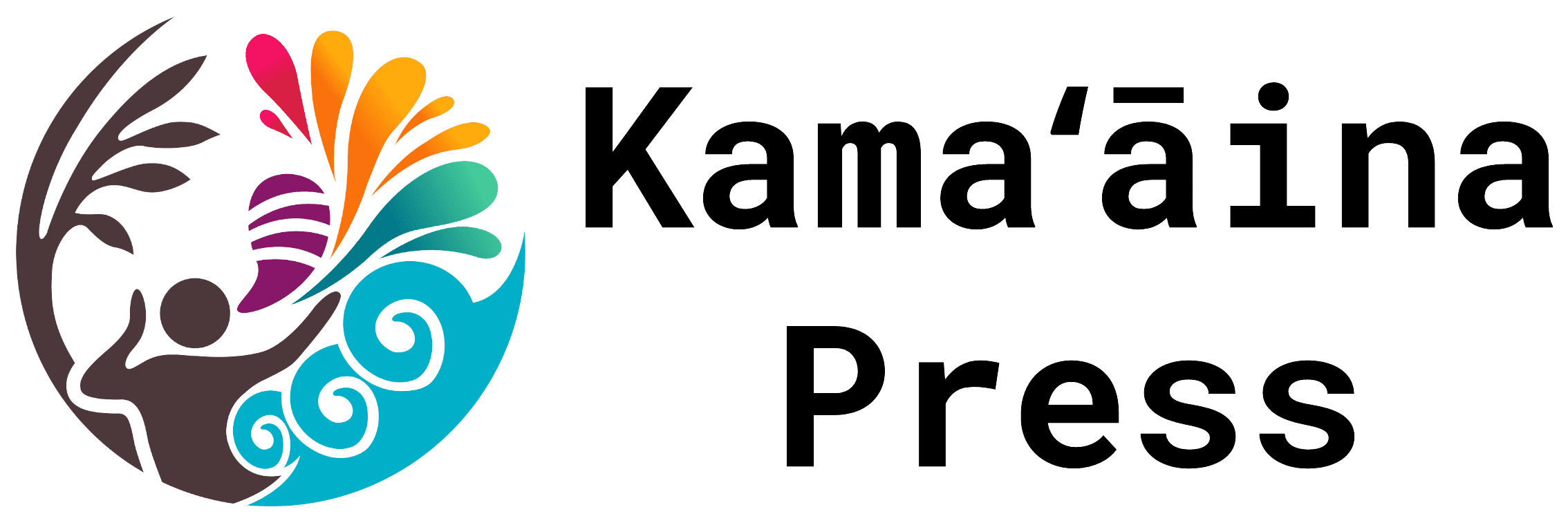The alarming rise in swatting incidents across the United States, particularly targeting political figures, underscores a disturbing trend in the nation’s political climate. These incidents, which involve making false emergency calls to prompt a large-scale police response, are increasingly being used as tools of intimidation and harassment against public officials and high-profile individuals.
The Escalating Threat of Swatting
Swatting incidents have seen a significant increase amid the current political divisions in the U.S. High-profile individuals, including political figures and members of the judiciary, have been ensnared in these dangerous hoaxes. This surge is widely regarded as a byproduct of the hostile political environment prevailing in the country.
Recent Incidents Highlight the Severity
Several recent incidents highlight the severity and the wide reach of this phenomenon:
- On Christmas Day, Rep. Brandon Williams (R-N.Y.) was subjected to a false shooting report at his home. Similar incidents have also involved Rep. Marjorie Taylor Greene (R-Ga.), Boston Mayor Michelle Wu, Sen. Rick Scott (R-Fla.), Maine Secretary of State Shenna Bellows, special counsel Jack Smith, and federal Judge Tanya Chutkan.
- A high-profile case involved a false emergency call reporting gunfire at the Washington, D.C., home of a prominent federal official. The caller falsely claimed to have shot his girlfriend and threatened suicide.
The Impact on Public Officials and the Political Climate
The increasing trend of swatting poses a significant threat to the safety of judges, politicians, and other high-profile individuals. It is not just a matter of public safety but also affects the psychological well-being of those targeted. The fear and anxiety generated by such incidents can have profound impacts on the individuals involved and the broader political discourse.
Law Enforcement’s Response and Challenges
Law enforcement agencies are taking these incidents seriously, given their potential to cause harm and disrupt public order. However, the anonymous nature of these calls and the use of technology to mask identities pose significant challenges in tracking down the perpetrators.
The Need for a United Stand
In light of these developments, there is a growing need for collective action and responsibility. Political leaders, law enforcement, and the public must come together to address this issue. This involves not only taking legal actions against those responsible but also fostering a political environment where such acts of intimidation and harassment are universally condemned.
Conclusion
The rise in swatting incidents in the U.S., particularly targeting political figures, is a reflection of the deepening political divide and the increasing use of intimidation tactics in political discourse. It is imperative to address this issue head-on to ensure the safety and well-being of public officials and maintain the integrity of the political process.
Sources:

